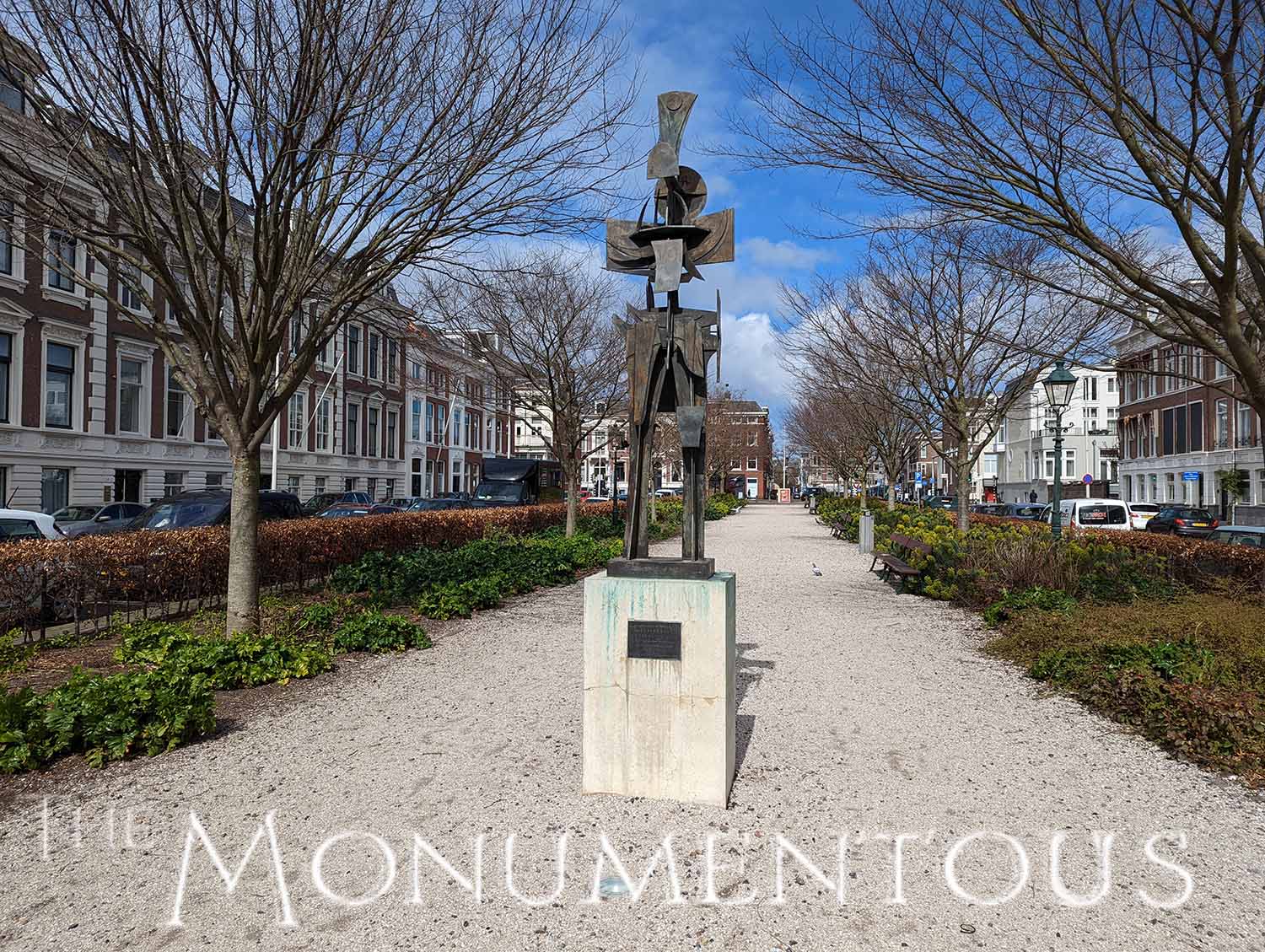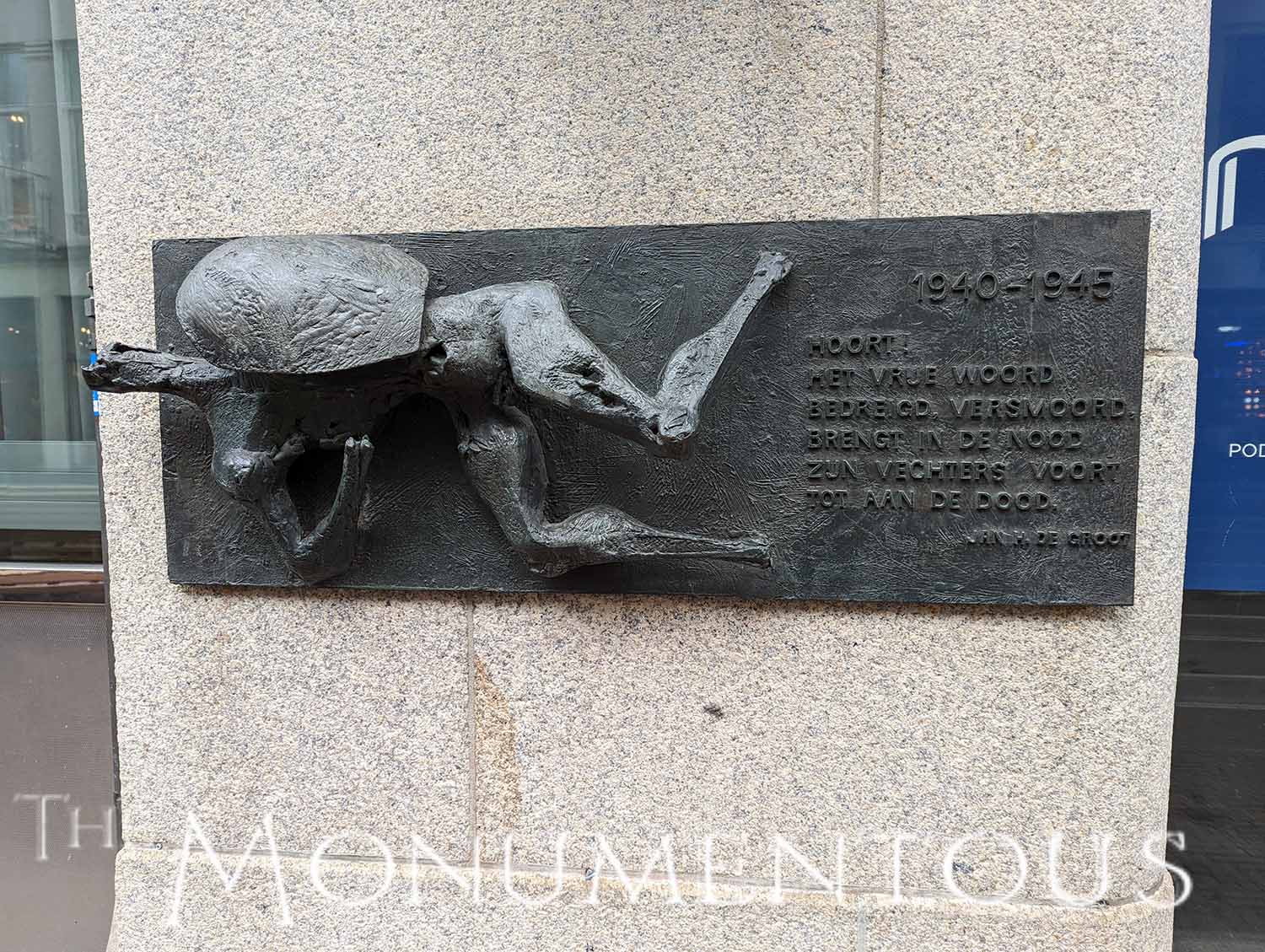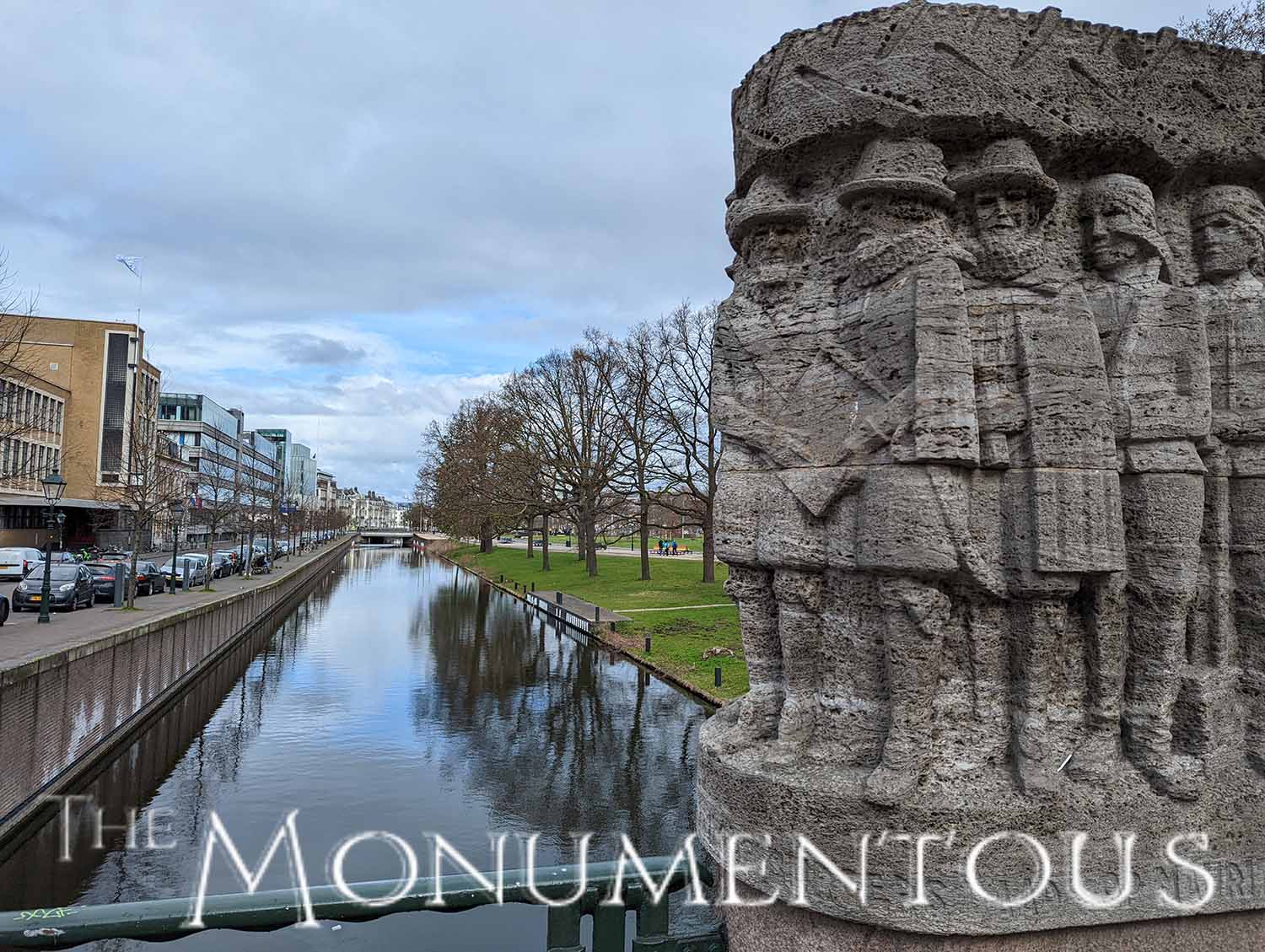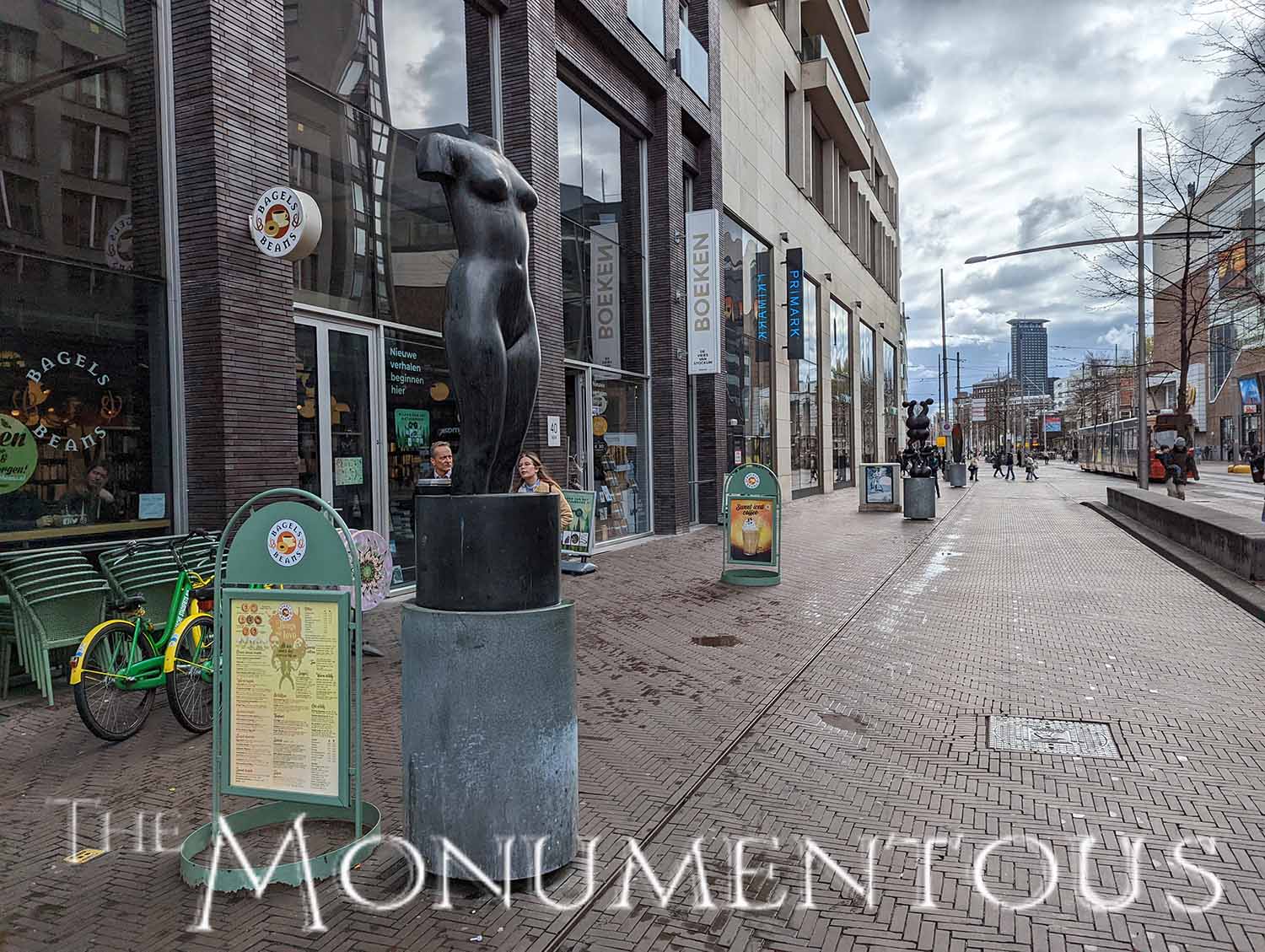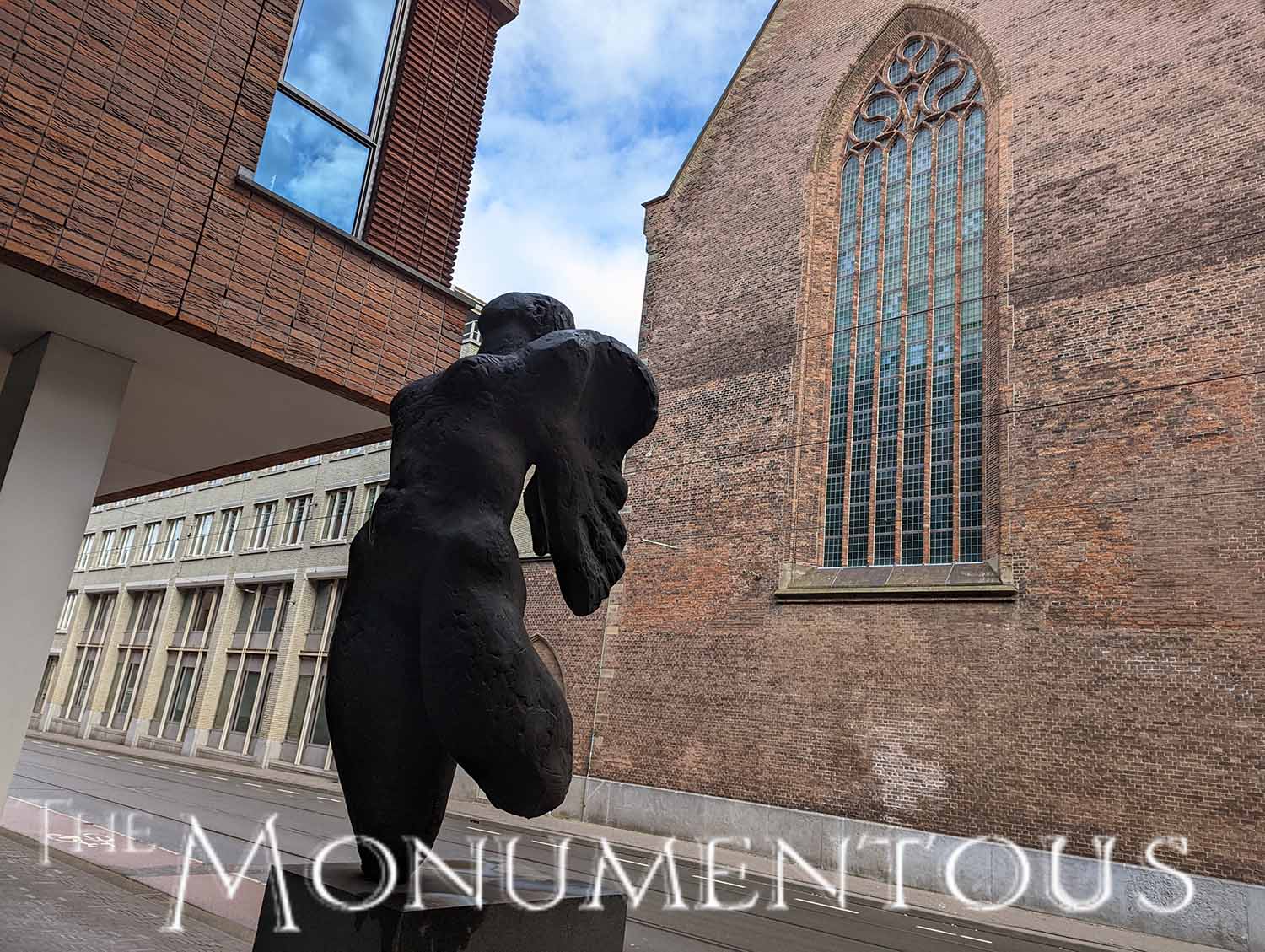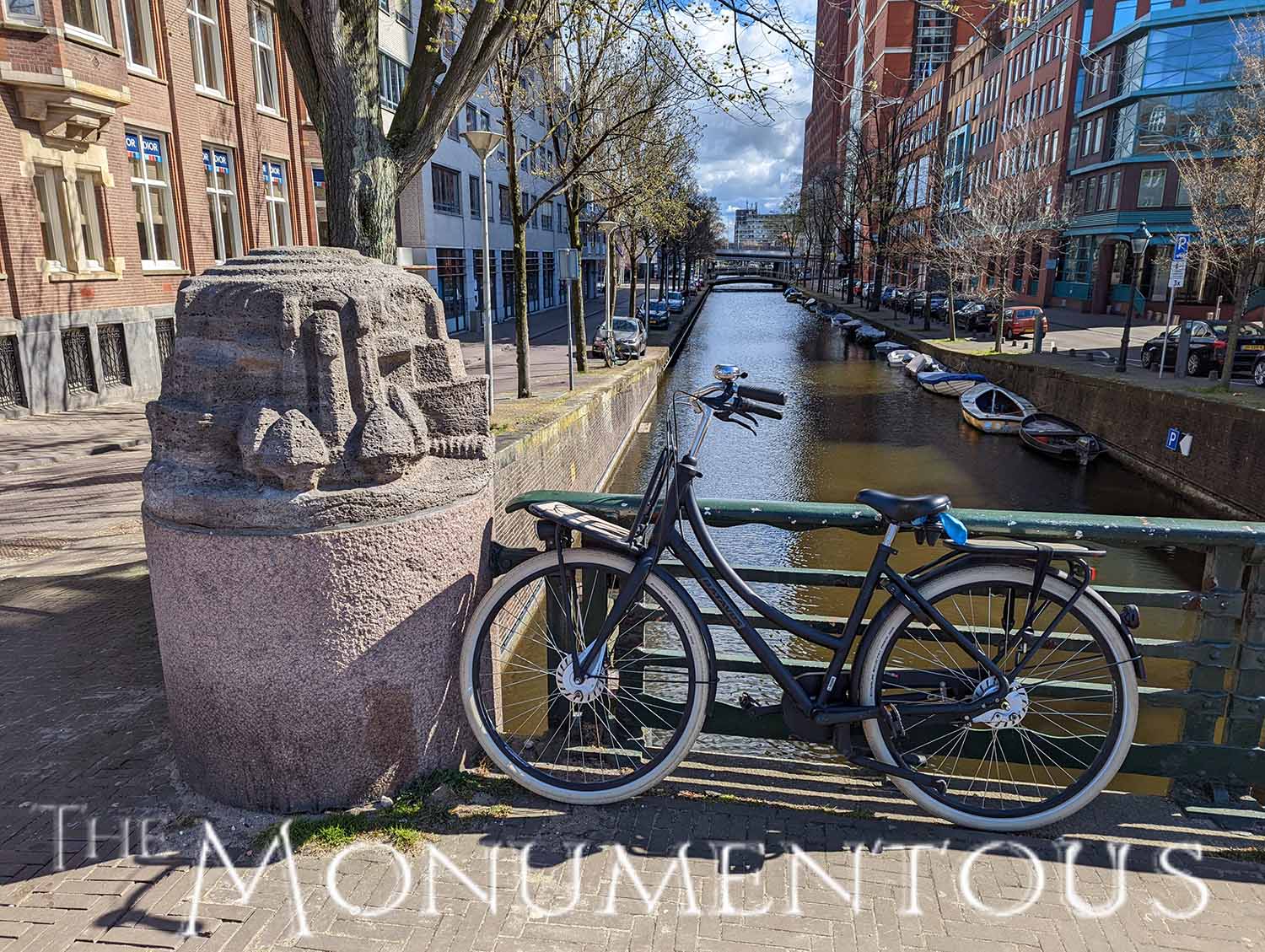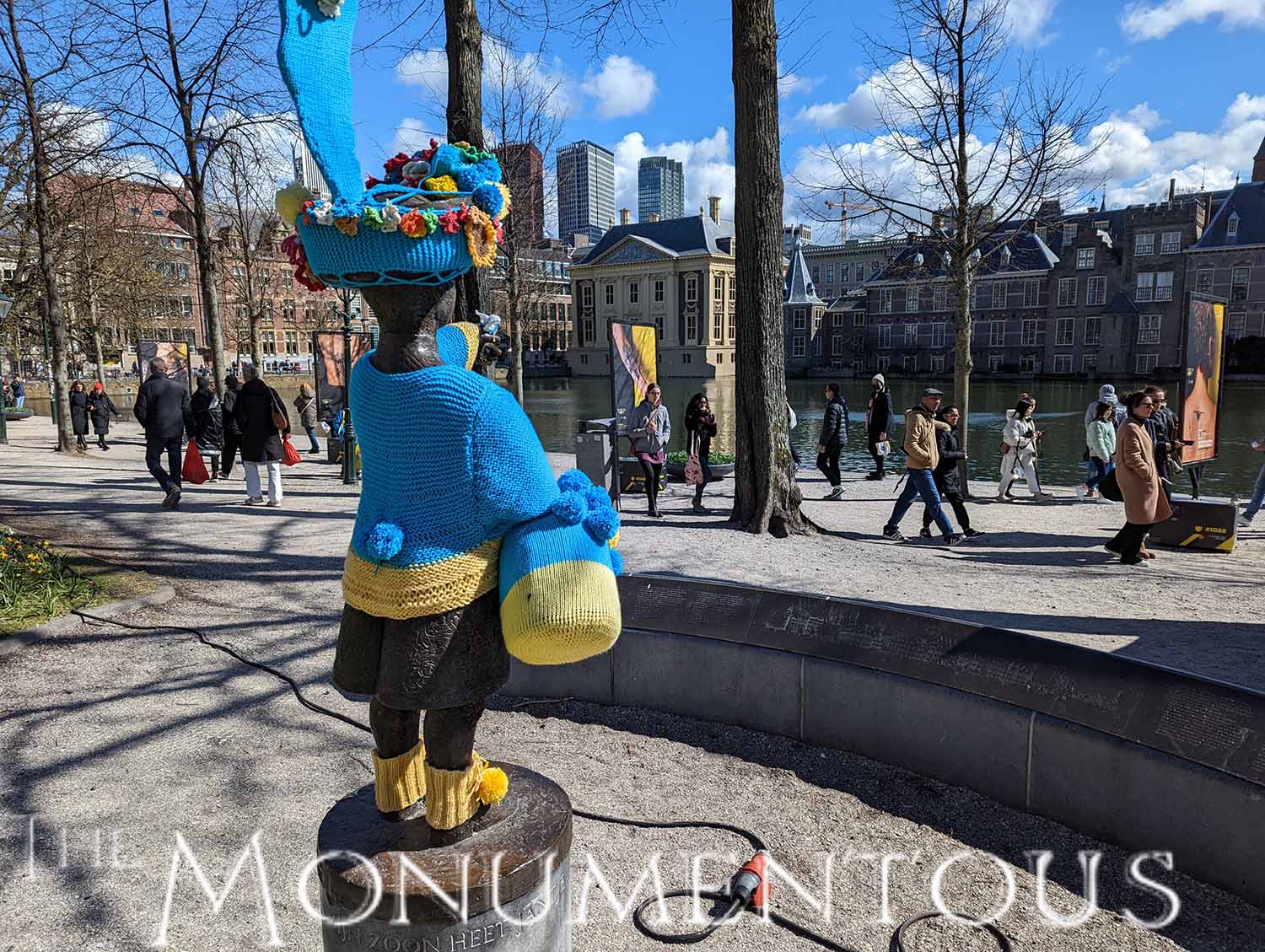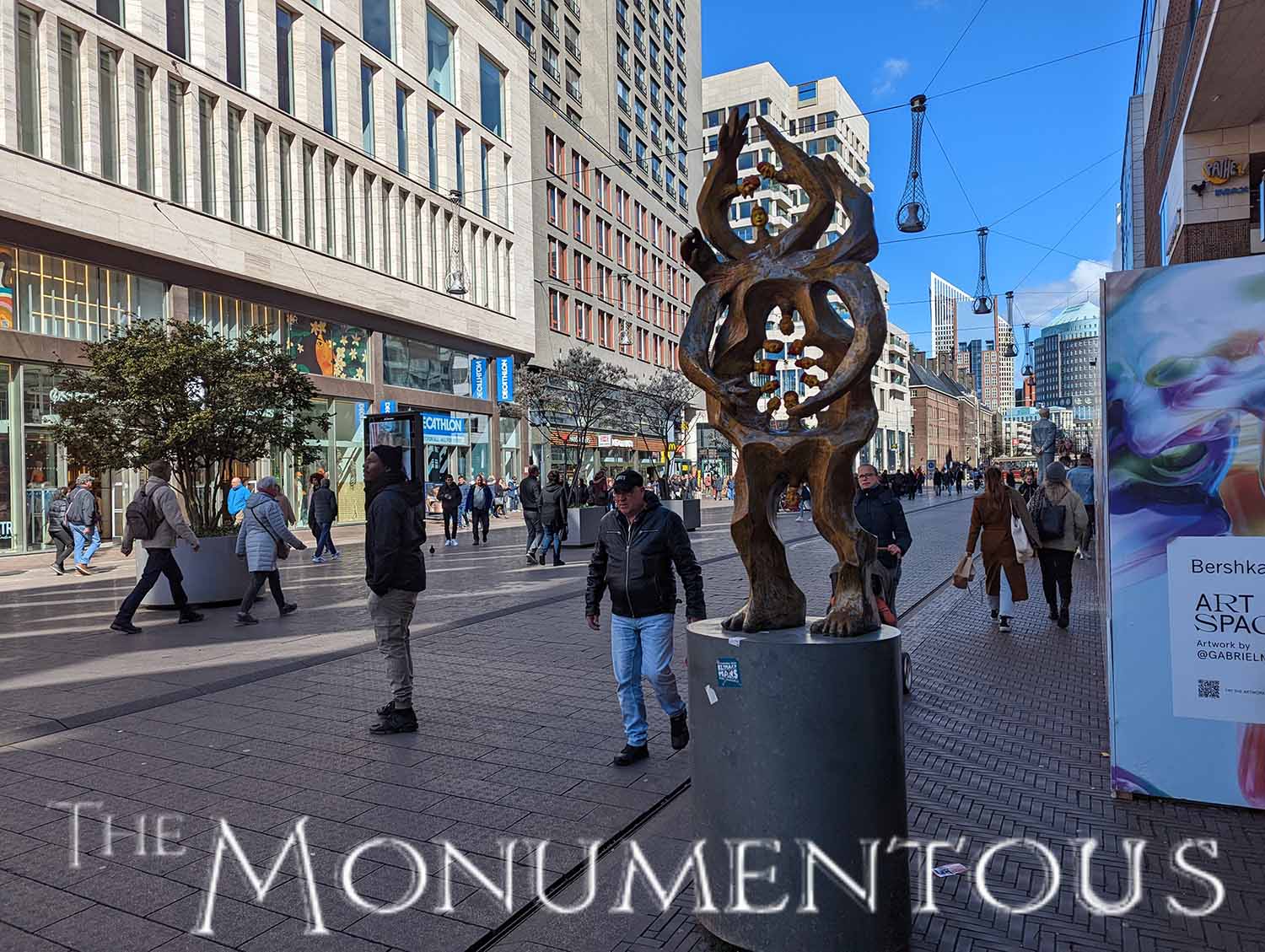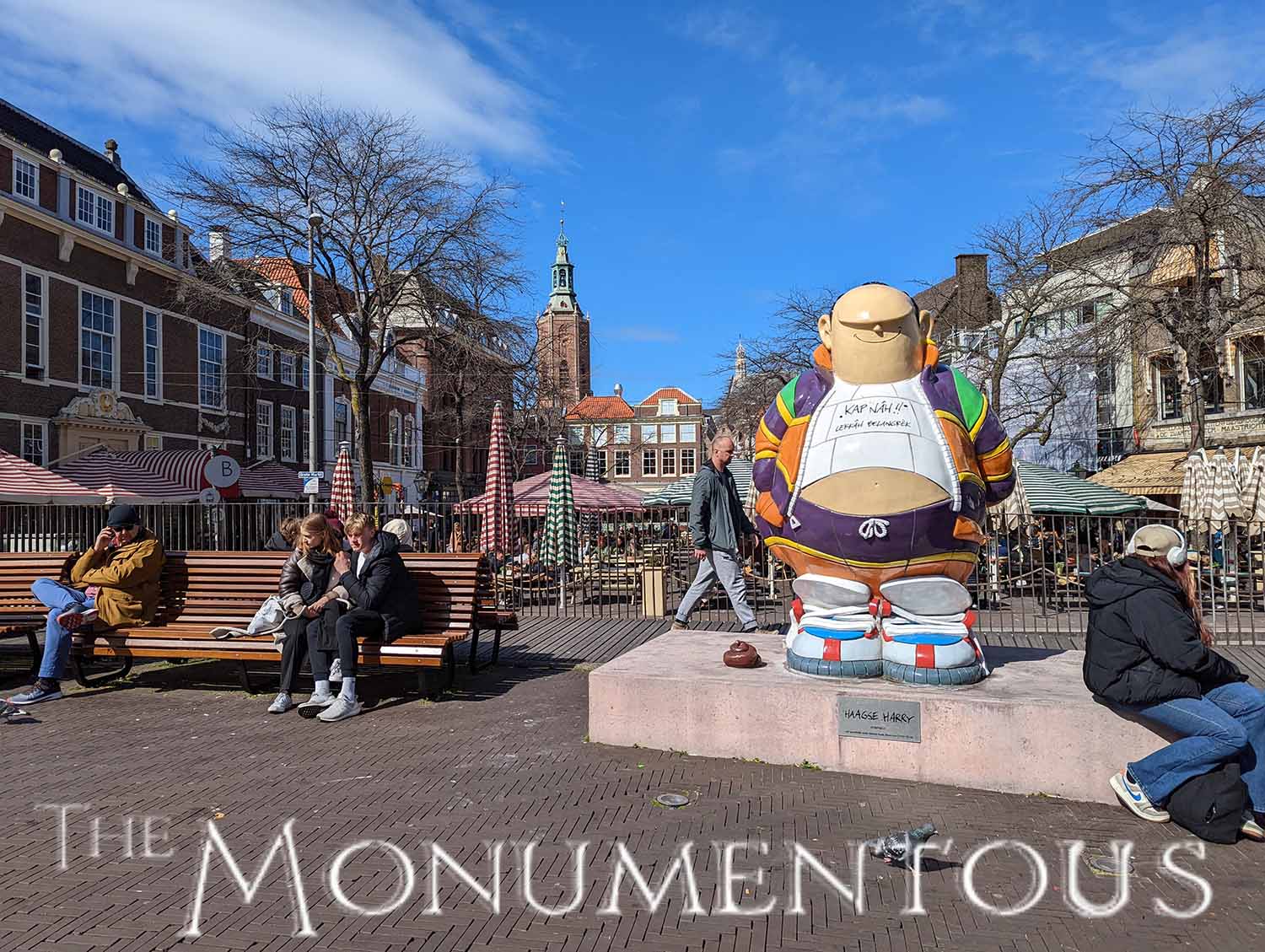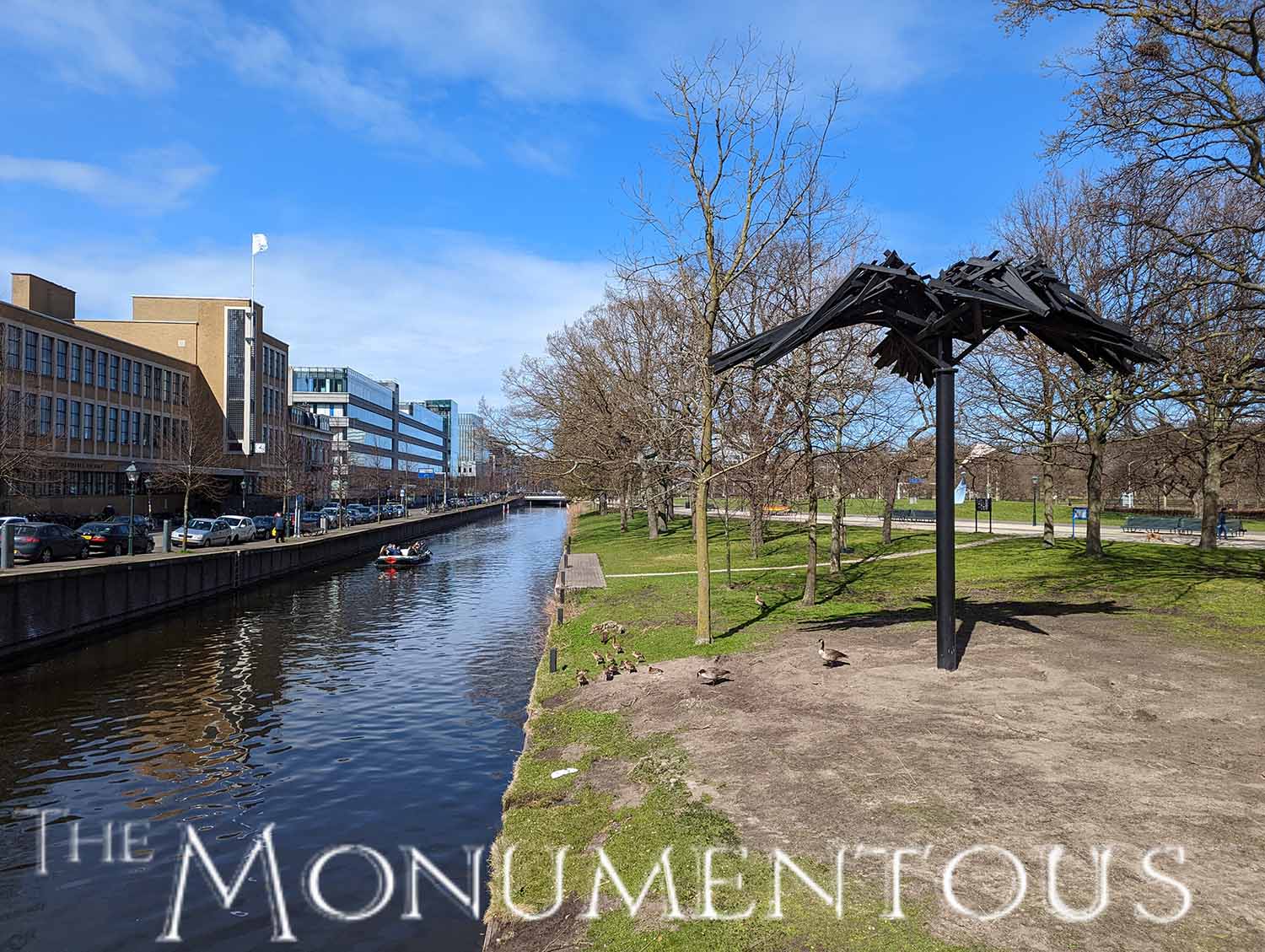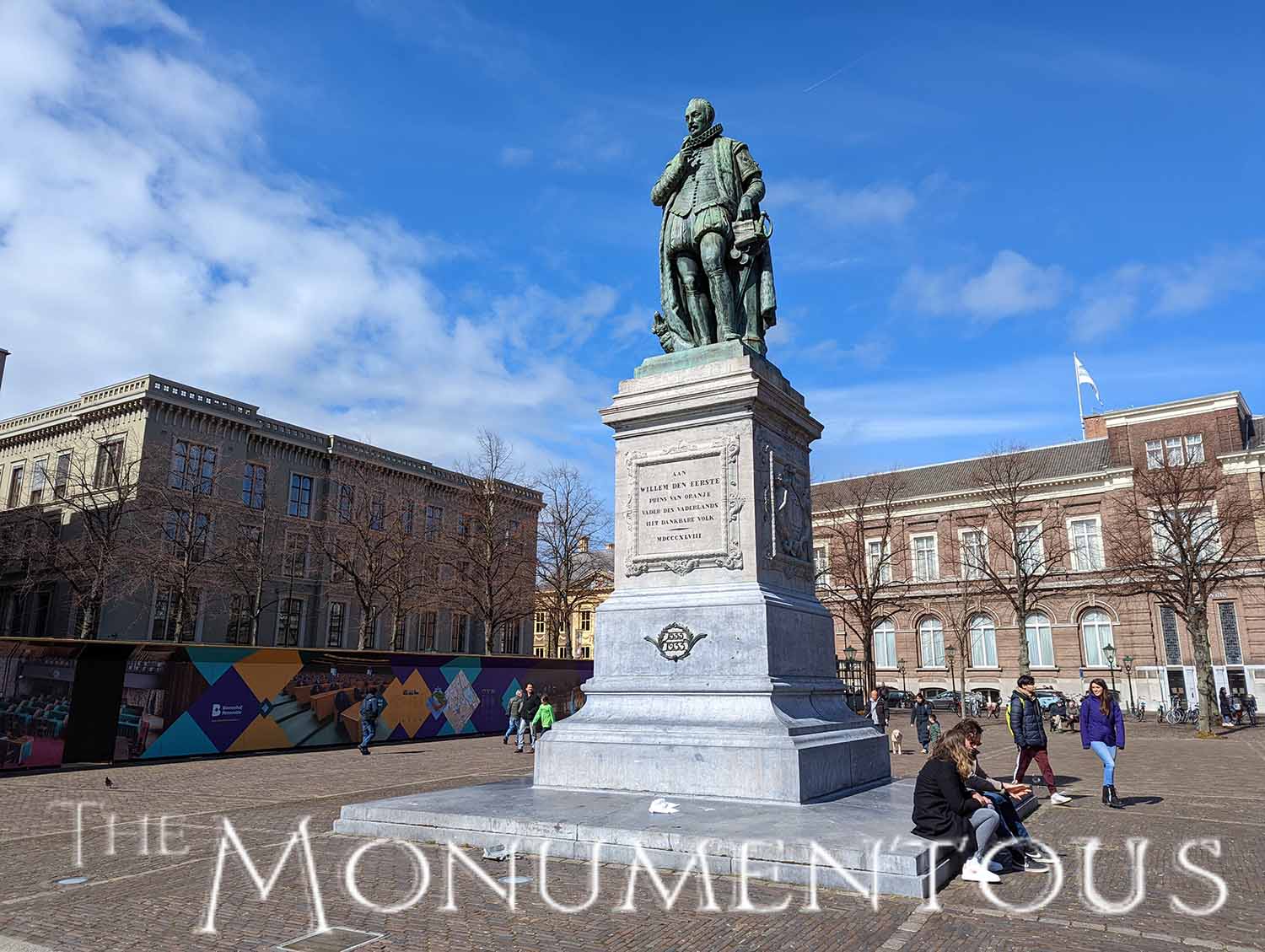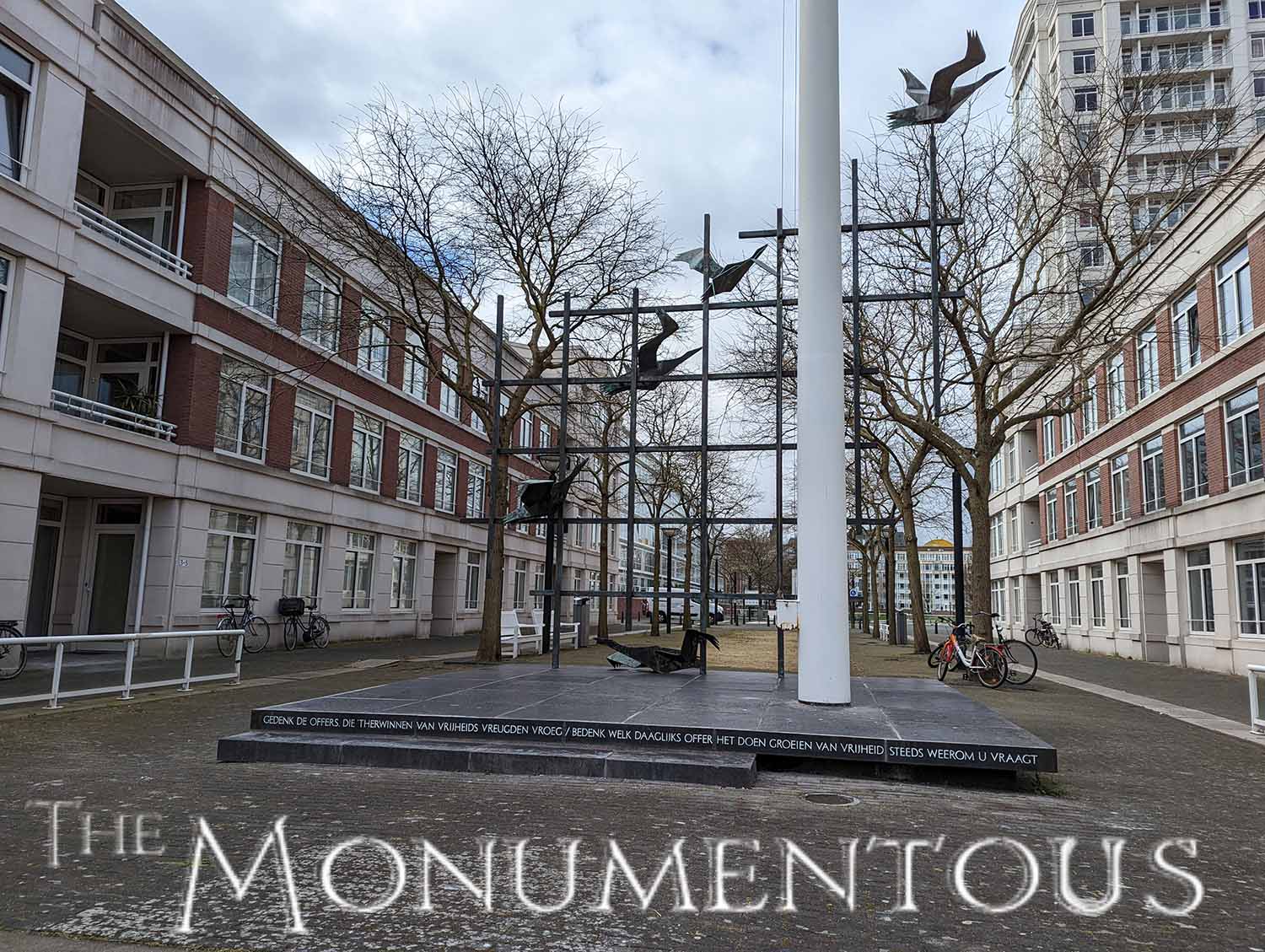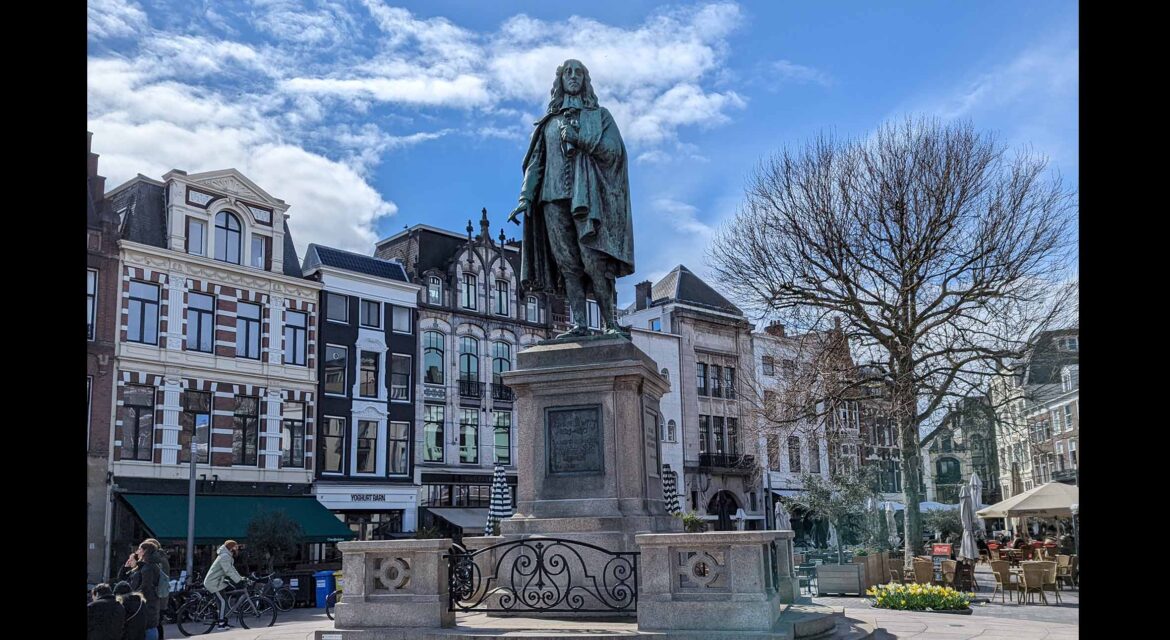 As the administrative and royal capital of the Netherlands and its seat of government, The Hague is one of the most notable cities in the country. With a history that stretches back to the 13th century, The Hague is full of notable monuments that celebrate this history as well as the culture of the entire country. These landmarks vary in size and prominence, allowing residents and visitors to discover and interact with them.
As the administrative and royal capital of the Netherlands and its seat of government, The Hague is one of the most notable cities in the country. With a history that stretches back to the 13th century, The Hague is full of notable monuments that celebrate this history as well as the culture of the entire country. These landmarks vary in size and prominence, allowing residents and visitors to discover and interact with them.
The Johan de Witt statue depicts the Dutch statesman who was a major political figure in the Dutch Republic in the mid-17th century. Installed in 1916, it is located at De Plaats and shows de Witt with two fingers pointed at the location where he was assassinated in 1672.
 Unveiled in 1924, the equestrian statue of William II sits outside of the Binnenhof. Depicting him as the supreme commander of the army, the piece celebrates his reign that began in 1840 but would see the Netherlands become a parliamentary democracy with the new constitution of 1848.
Unveiled in 1924, the equestrian statue of William II sits outside of the Binnenhof. Depicting him as the supreme commander of the army, the piece celebrates his reign that began in 1840 but would see the Netherlands become a parliamentary democracy with the new constitution of 1848.
The Memorial to Karel Bernhard of Saxe-Weimar-Eisenach is located on the east side of the Lange Voorhout. The nearly 50-foot monument commemorates Karel Bernard Duke of Saxen-Weimar, who fought at the Battle of Quatre Bras and the Battle of Waterloo. He would eventually command forces in the Dutch East Indies to become well known for his service to the king of the Netherlands. The monument has a bronze weapon trophy at the top while a medallion depicting Bernhard in profile, wreaths of laurel and oak leaves and the coat of arms are all situated above the pedestal area. Inscriptions can also be read on four of the eight sides.
The Nassauplein is a long rectangular square in the Archipelago Area that houses two significant monuments. The Monument to the Fallen was installed in 1950 and is dedicated to all of the people who made sacrifices in World War II. Nearby is The Guard monument. Installed in 1996, it was created to honor the end of military service in various conflicts.
 These are just a few of the obscure and outstanding landmarks that define the landscape of The Hague. As the city continues to evolve, the connection to the past and future will be further refined by monuments that audiences in the present can connect with on multiple levels.
These are just a few of the obscure and outstanding landmarks that define the landscape of The Hague. As the city continues to evolve, the connection to the past and future will be further refined by monuments that audiences in the present can connect with on multiple levels.
